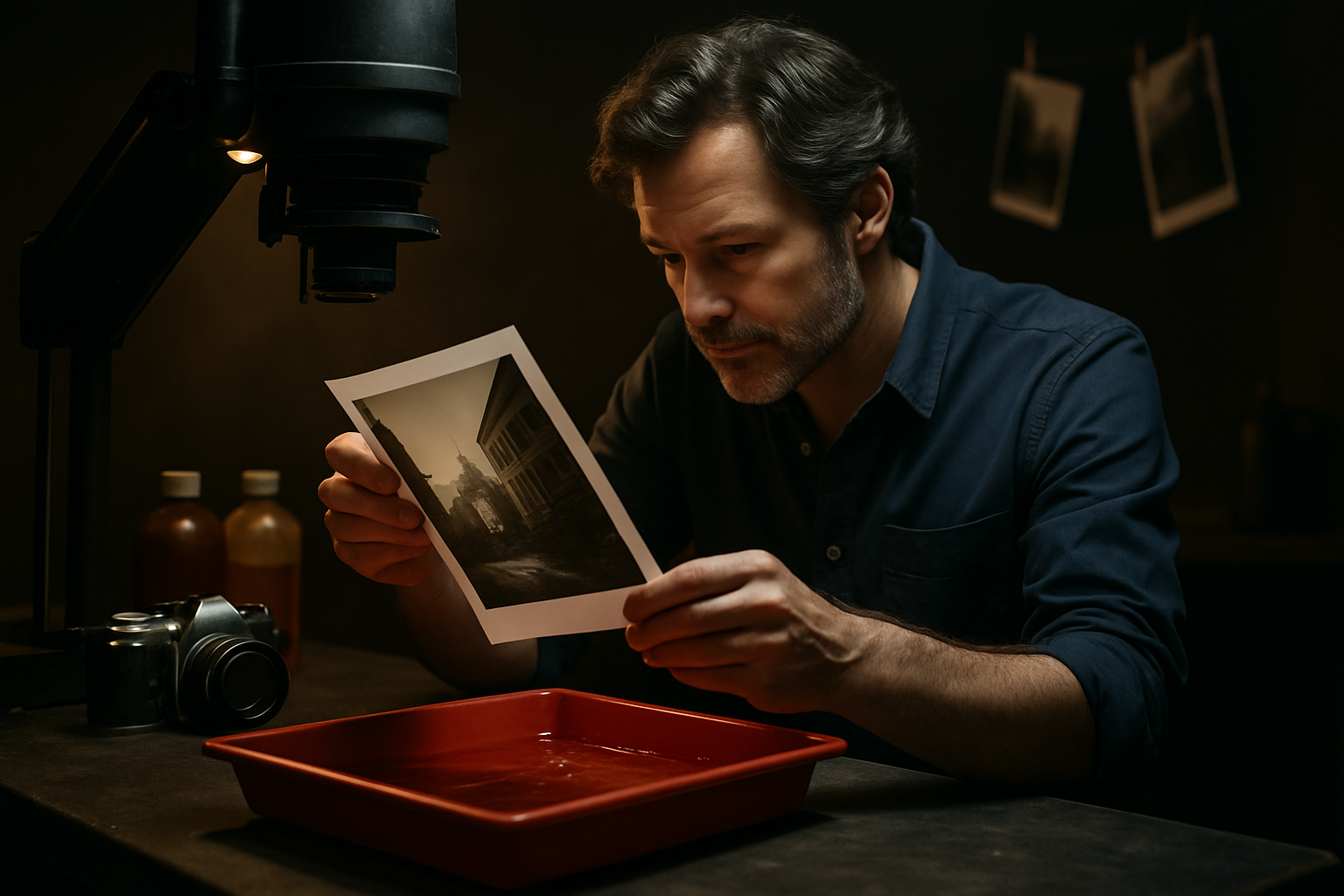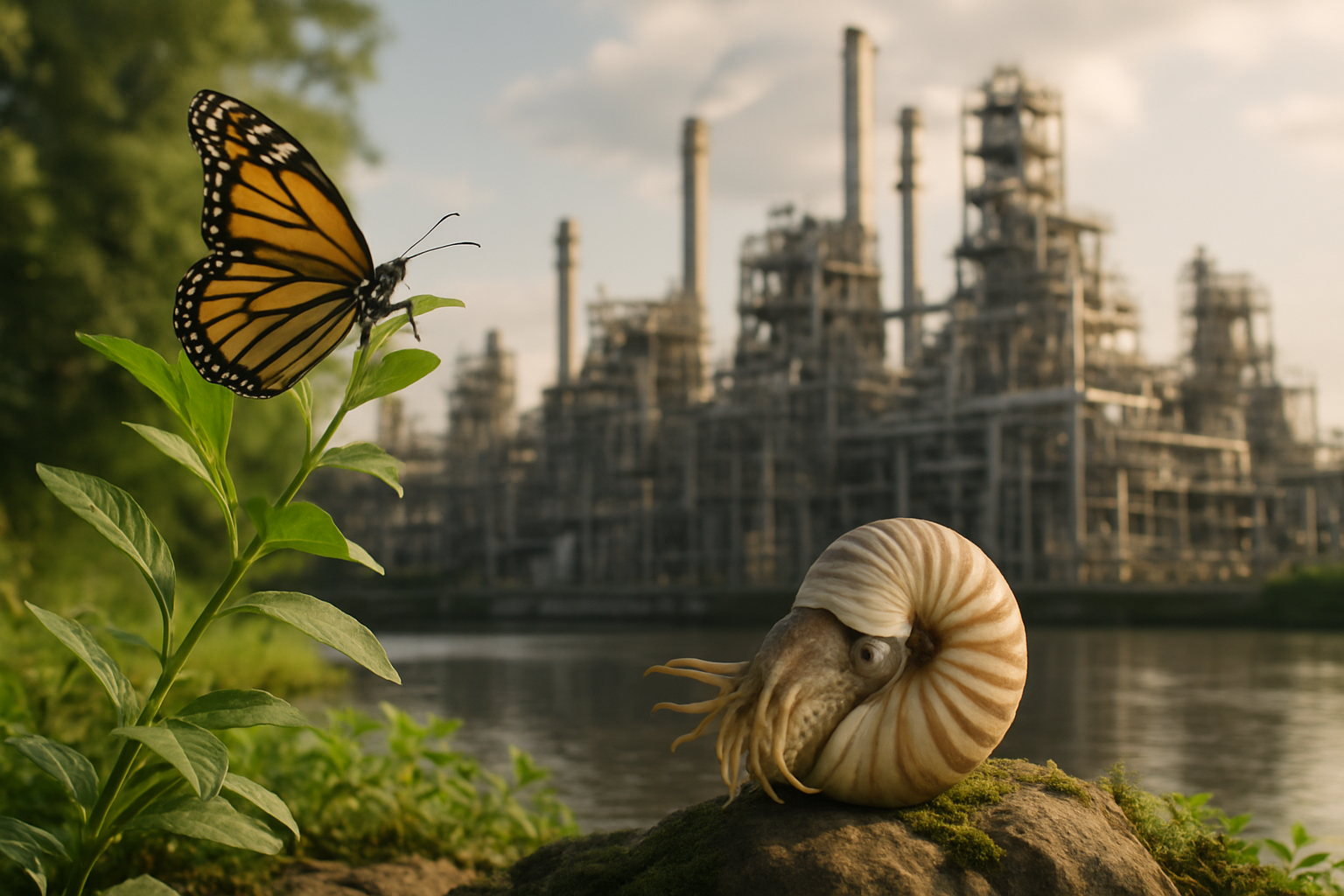The Resurgence of Analog Photography in the Digital Age
In an era dominated by digital convenience, a surprising trend is emerging in the world of photography. Analog photography, once considered obsolete, is experiencing a remarkable revival. This resurgence is not merely a nostalgic nod to the past, but a deliberate artistic choice that's reshaping how we capture and perceive images in the 21st century. From professional photographers to enthusiastic amateurs, the allure of film is captivating a new generation, sparking creativity and challenging the notion that digital is always superior.

The Aesthetic Appeal of Film
One of the primary drivers behind analog’s resurgence is its distinctive aesthetic. Film photographs possess a unique color palette, grain structure, and tonal range that many find impossible to replicate digitally. The imperfections and unpredictability of film often result in images with a depth and character that resonate with both creators and viewers. This aesthetic has become increasingly sought after in an age where digital perfection is the norm.
The Mindful Process of Analog Photography
Unlike digital photography, which allows for endless shots and instant review, analog requires a more deliberate approach. Photographers must carefully consider each frame, as film and development costs add up quickly. This constraint forces a level of mindfulness and intentionality that many find creatively stimulating. The delayed gratification of waiting to see one’s results has also become a cherished part of the process for many analog enthusiasts.
The Tangibility Factor
In an increasingly digital world, the physical nature of film photography holds a special appeal. From the tactile experience of loading film into a camera to the excitement of developing prints in a darkroom, analog photography offers a hands-on experience that digital simply cannot match. This tangibility extends to the final product as well, with many photographers preferring the permanence and physicality of a printed photograph over a digital file.
The Impact on the Photography Industry
The analog revival has had a significant impact on the photography industry. Film manufacturers who had scaled back production are now ramping up to meet renewed demand. Kodak, for instance, reintroduced its iconic Ektachrome film in 2018 after a 6-year hiatus. Camera manufacturers are also taking note, with some releasing new analog models or reissuing classic designs. Additionally, a thriving market for vintage cameras and equipment has emerged, breathing new life into decades-old technology.
Educational and Artistic Implications
Photography schools and workshops are increasingly incorporating analog techniques into their curricula, recognizing the educational value of understanding photographic fundamentals. Many argue that learning on film provides a stronger foundation for understanding light, composition, and exposure. In the fine art world, galleries and collectors are showing renewed interest in film photography, appreciating its unique qualities and historical significance.
The Intersection of Analog and Digital
Interestingly, the resurgence of analog photography doesn’t exist in opposition to digital technology but often in conjunction with it. Many photographers combine analog and digital processes, scanning film negatives for digital editing or sharing. This hybrid approach allows for the best of both worlds, preserving the aesthetic and process of film while leveraging the convenience and reach of digital platforms.
Environmental Considerations
The environmental impact of analog photography is a complex issue. While the chemical processes involved in film development raise concerns, the longevity of analog equipment contrasts sharply with the rapid obsolescence of digital devices. Some argue that the mindful approach encouraged by film leads to less wasteful practices overall. As the revival continues, the industry is exploring more sustainable development processes and recycling programs for chemicals and materials.
The Future of Analog in a Digital World
As we look to the future, it’s clear that analog photography has secured its place in the modern photographic landscape. Rather than a fleeting trend, it represents a fundamental shift in how we approach image-making. The coexistence of analog and digital technologies offers photographers unprecedented creative possibilities, enriching the medium as a whole. As long as there are artists and enthusiasts who value the unique qualities of film, analog photography will continue to thrive, evolve, and inspire in the digital age.





